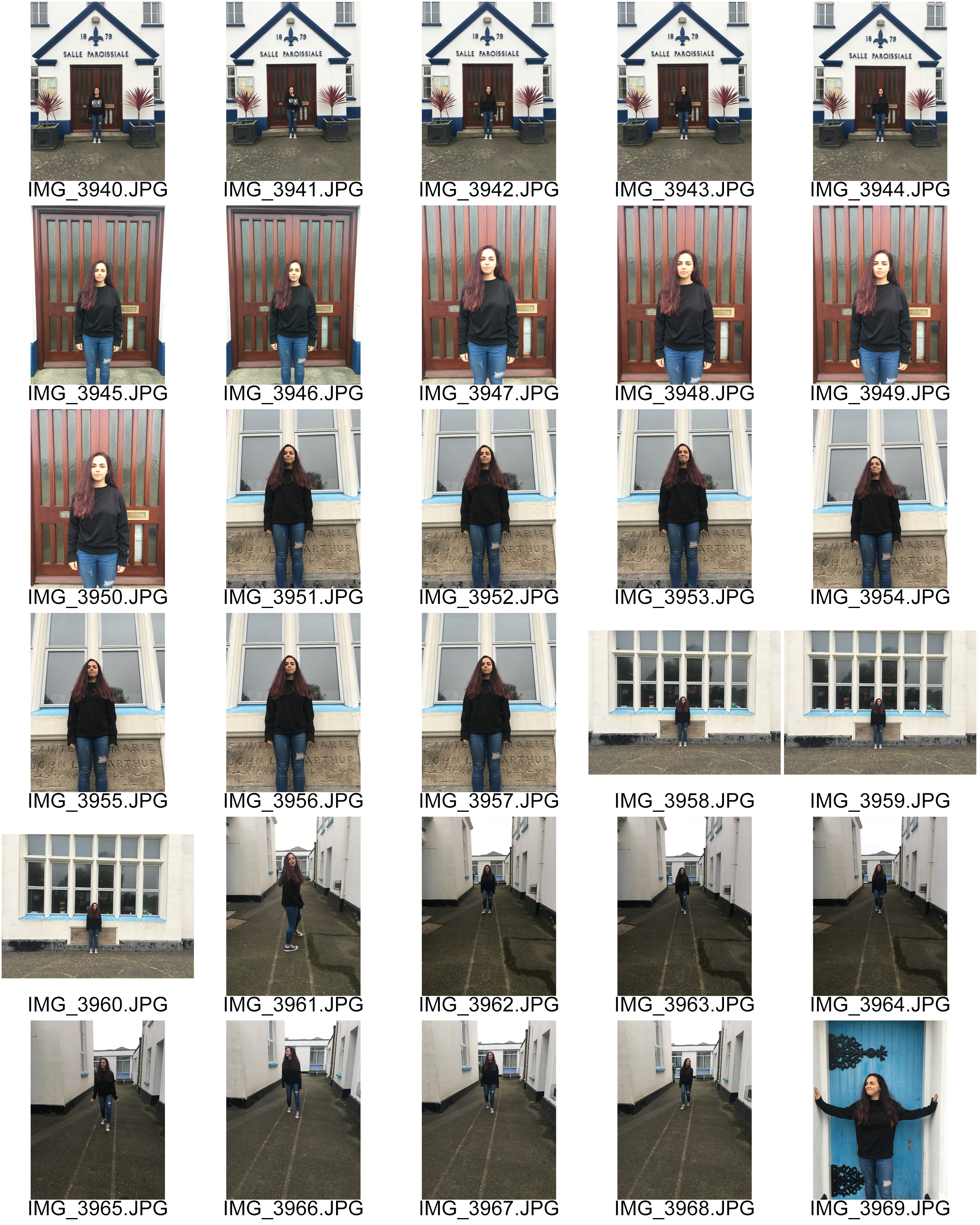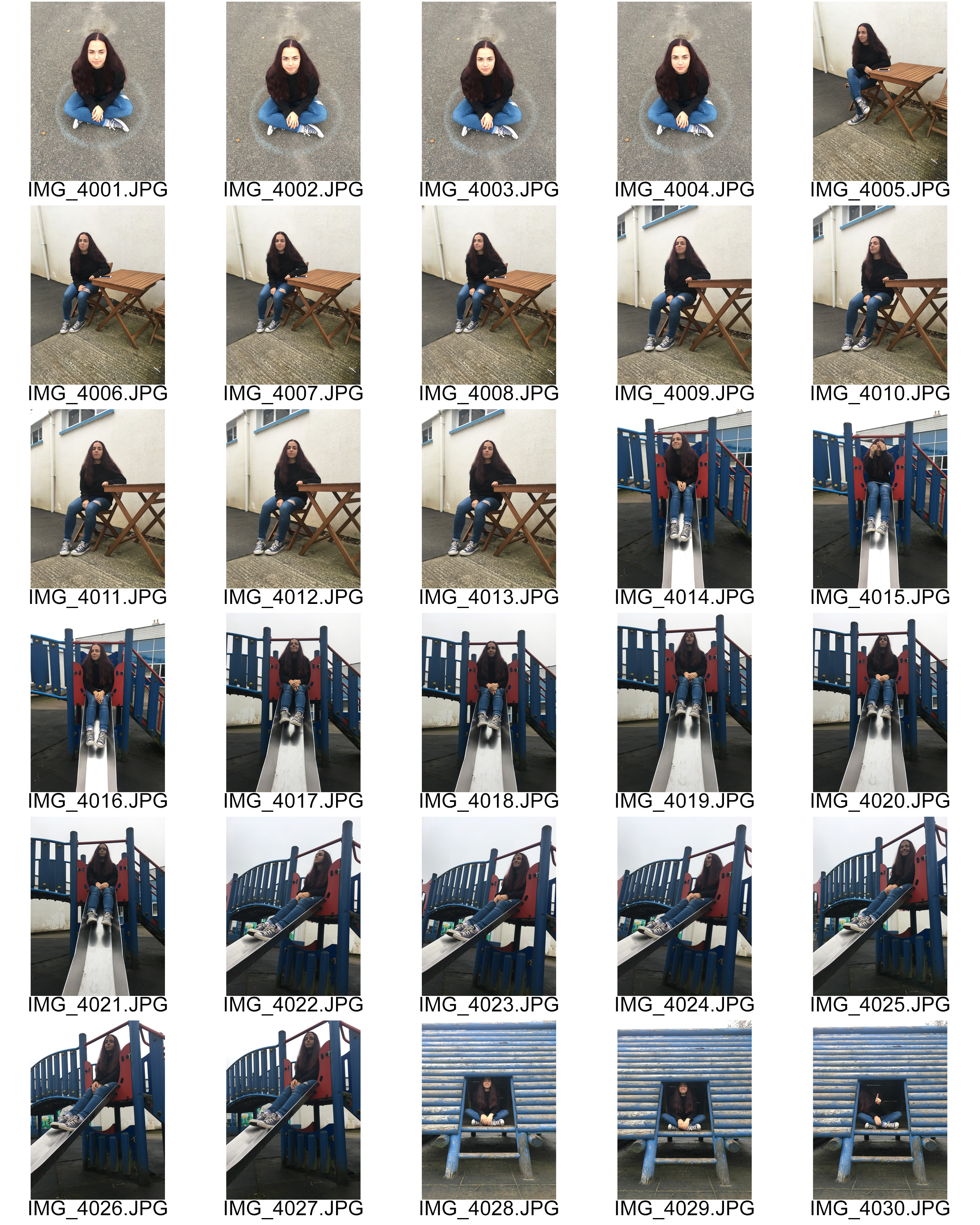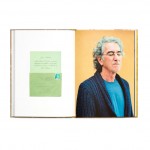

Category Archives: Practical Task
Filters
Saint Nicholas Cathedral
During the October half-term, me and my grandmother visited Newcastle upon Tyne just to explore the North of England and go for a spot of shopping. Historically, Newcastle was a very Catholic city along with neighboring regions in northern England, however, despite a rise in irreligion throughout the United Kingdom, Saint Nicholas Cathedral still stands tall. 




When in the building, the infrastructure established the cathedral as a powerful and prestigious building that had been inhabited for Catholic worship for over nine-hundred years. The strength gives us an insight into to the past as the cathedral was a dominant place in society.

Fulfilling my concept of subversion against religion, I organised for my grandmother to take a few images of me sat in the cathedral showing my middle finger to demonstrate my anger with the church for their ironic greediness and selfishness. As I am seated in the seats situated next to the main stage in which the cathedral is based around, where the service would take place, I feel as if I’m directly and openly demonstrating my frustration. Living up to my teenage stereotypes, I am dressed in mostly black, with my hood up in slightly “chavvy” clothing, coinciding with this concept of juxtaposition between youth culture and religion. A secret symbol in the image is the very faint antichrist drawn upon my face to demonstrate my religious anarchy. By editing the image to black and white, I strip the image of its colour and therefore the limited symbols of life that do exist within the church.
Typology Study
When searching for influence upon church typology, my teacher suggested assessing the work of Walker Evans. Evans photographs churches in a time before coloured image production, causing the photos to adopt this sepia sense, adding to the aged nature of his photographs.
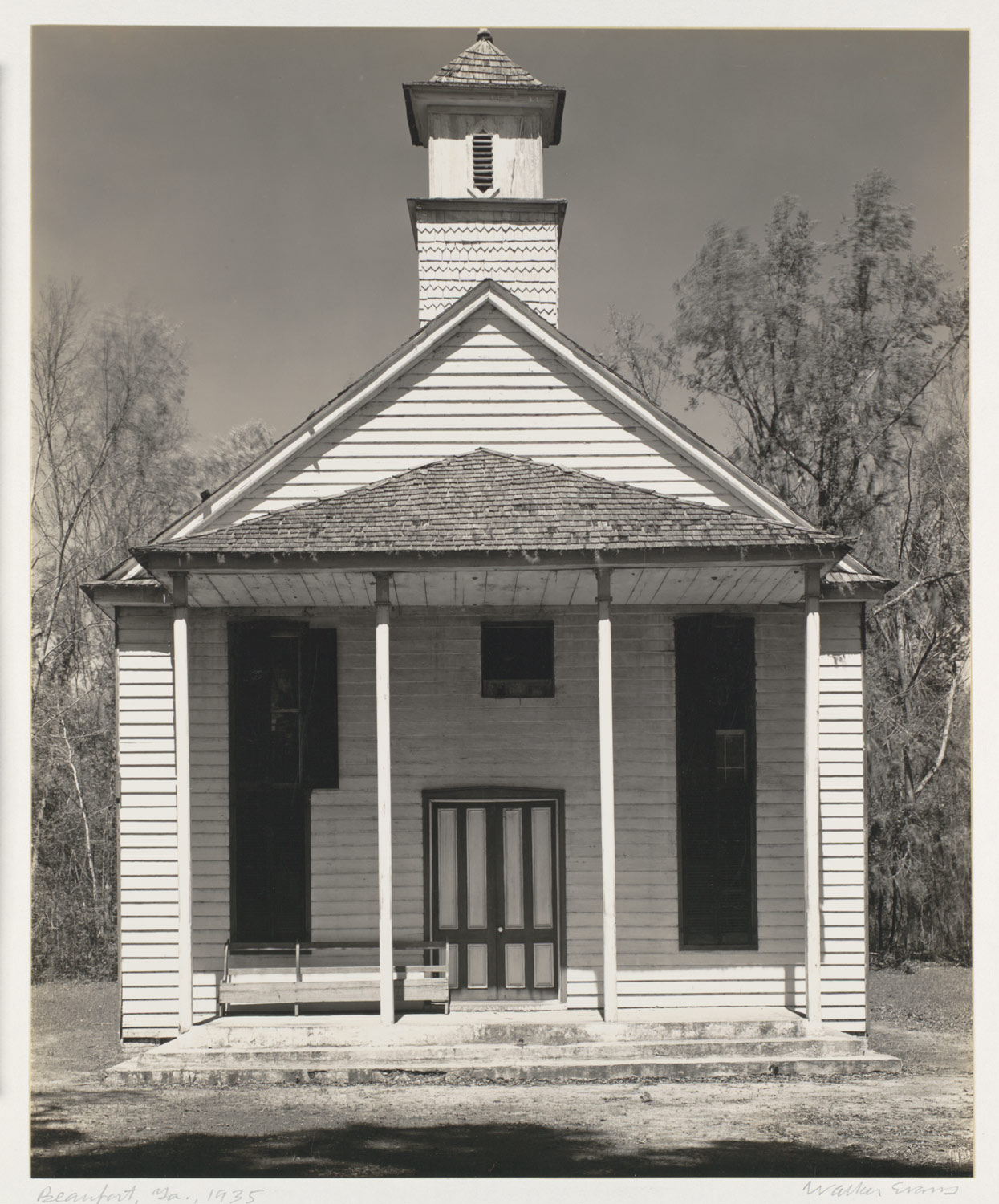

Walker Evans’s images of the churches from the 1930s are very much how I like structuring my images with direct and clear focus on the linear of the building against a blank yet idyllic background. Following my recent shoot, I compared my image to his set of images and although the angle of the church is different to how he pictured it, you can see a clear comparison between the two.
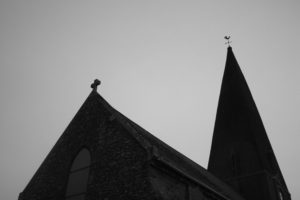


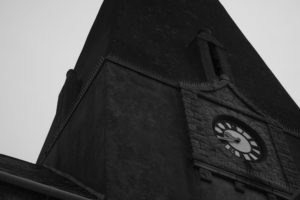
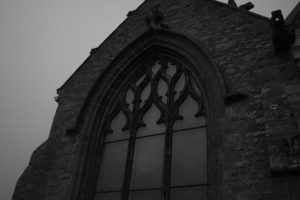
Environment: Graveyard
On Tuesday the 10th October, I had a study period and due to my school being in close proximity to a graveyard, I chose to visit the site and develop a feel for taking images ahead of my visit to the churches of Jersey on Sunday. As I photographed the scene, I noticed the pictures were increasingly dark causing me to decrease the ISO to around 100/200 which decreased the grainy texture of the image also, however, for my shoot on Sunday I will bring a tripod and adjust the shutter speed so it is longer, allowing more light in.
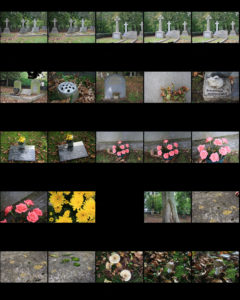
Among the tombstones were elements of nature, for instance, this mushroom. I found this tiny little fungi in the middle of dead leaves, that have dried up in the moisture of winter. These two juxtapositions were interesting to photograph and stimulated ideas in my head to capture elements of dead vs. living in my project by using the graveyards of churches. In my mind, I envisioned the leaves to be symbolic of graves and the mushroom to represent a person temporarily visiting the dead. The mushroom grows through and is attached to the ground of the graveyard, giving an emotional attachment to this place by either memories or the burial of a specific person, demonstrating how there is a correlation and common ground between the dead and living.
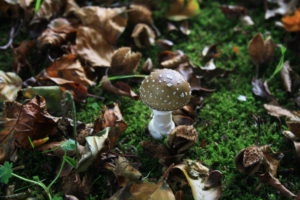
Tracking
Photography and Truth
Truth or Fiction?
Photographs can lie by being manipulated, in order to change or influence our opinion of something. This therefore poses the question of reliability. Some cases I would argue that these photographs trying to manipulate our opinion are reliable because they want to show us the truth which changes our opinion. However more often than not, photo manipulation often exaggerates, slants the truth in favor of the message the photographer is trying to convey. This can be potentially harmful as it leads to the population to take the photographer’s opinion of a certain event as truthful, even if it is shot in the style of documentary photography. Photographers could argue that they are simply taking what they see through documenting the world. However the photographer is documenting the world in a way in which he perceives it, leaving out certain elements that contradict the documenting of his view on the world. Therefore we have to consider before acting on a certain photograph of how useful an image is in helping us find out about something rather than treat it as factual trust. This is because the photographer may for example being trying to express his political beliefs in the photograph which we have to acknowledge before we treat it as accurate.
Essentially the date of the photograph is very important in the sense that as humans from different generations look at a specific photograph, the morals of each generation change as time goes on and so the opinions towards the message the photographer is conveying changes. For example in the photograph below, at the time in 1945 and in America it would of been seen as a patriotic shot celebrating the death of fascism in Europe. However in more modern days, facts have come to light over the years of what the US army and her allies did when invading Nazi occupied Europe and so the photograph leaves out the context in what the US soldiers did in order so that one day, they could raise their flag that is portrayed as so patriotic.
Furthermore in respect of this last point, it is important to note what the photograph is showing, and how much, whether it be a lot or a little which ultimately helps affect our reliability rating towards a picture. In considering the provenance, it helps the viewer determine not just for example the photographer’s motives, but the wider context in how the photographer’s motives fit into the opinions of society, which helps us to understand whether much of society agreed with the photographer or not. Therefore the location of where the photograph was taken is important but also where the photograph was published. The location of the photograph which was taken in Japan, from a Japanese man’s perspective would view the photograph as these imperialists invading their country. Where it was published, in America, the general view of society would be one which is proud and honored that shows the US major role in the world.
This allows us to get onto the topic of propaganda which was particularly important in warfare in the early to mid – twentieth century which could be an example of this photograph, whereas in nowadays we see the levels of blunt propaganda as more unacceptable because propaganda in our generation is much more subtle.


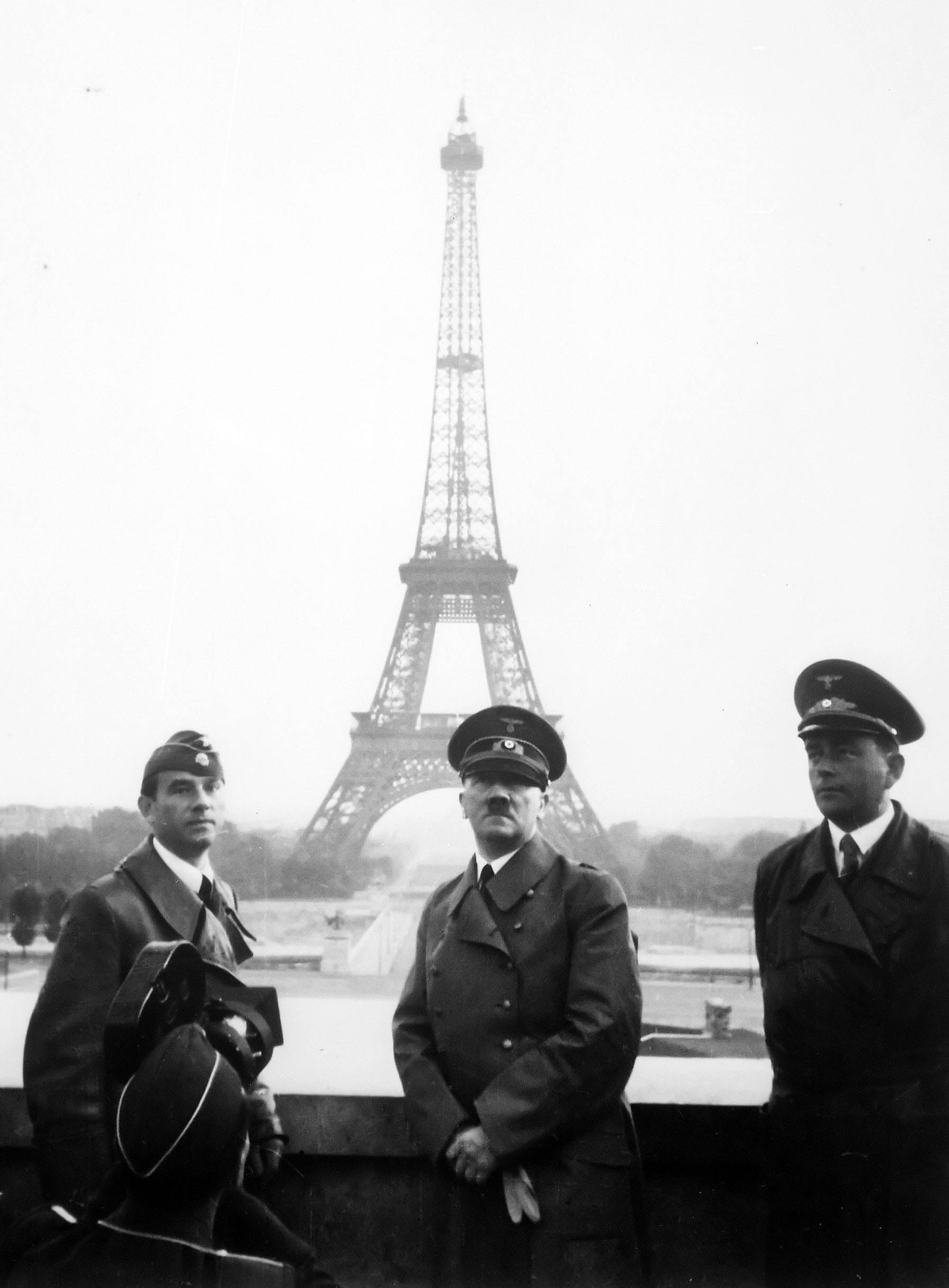

Now I wanted to have a go at taking some photographs which may not tell the entirety of the truth in terms of their content. I chose to shoot some relatives walking with a slow shutter speed, adding a blurred effect that would later mean the viewer would question who the identity’s of these people are. By altering the photograph in a way so that the presence of these people is mysterious, the truth is tilted in the sense we don’t know the identity, the purpose, the reason as to whay they are there and what they are doing.




Best Photographs:





Tableaux in relation to a childhood memory shoot
Aim: My aim for this shoot is to create a series of tableux portraits which show the memory of my bestfriend where we first met and first became friends but now 14 years on looking back at the environment.
Photo Shoot Plan:
| Genre | Location | subject | lighting | Composition | Settings | Colours |
| -tableaux photography
-environmental portraiture
|
– St Marys primary school
-explore locations around the nursery as there are stories here aswell. -outside the school has the biggest significance.
|
-Friend Naomi to be the protagonist of the portraits (focal point)
-Background subject = the school and environment surrounding it -message of the images is friendship and how growing up hasn’t stopped us from being friends
|
|
– main composition element that i want to focus on is breaking the rule of thirds
|
No flash setting
|
bold colours
|
Contact Sheets:
Shoot Evaluation: i think that altogether the shoot was successful. There were some outcomes which i really liked and captured the story that i wanted to tell. The bold colours of the Blue which symbolizes St Marys has a powerful message and i like the constant story which now runs throughout the images because they all contain the same blue shade in terms of the background and then linking the subject to the environment is the same shade of blue in her outfit as she is purposely wearing blue jeans to match this. i also thing that strong portraits have been captured. Another message i have tried to capture in these images is the differences between the person who used to go to this school when we were younger to the mature adult that the subject is now. This is highlighted in the stance and posture and sophisticated facial expressions in the images.
Best Images:
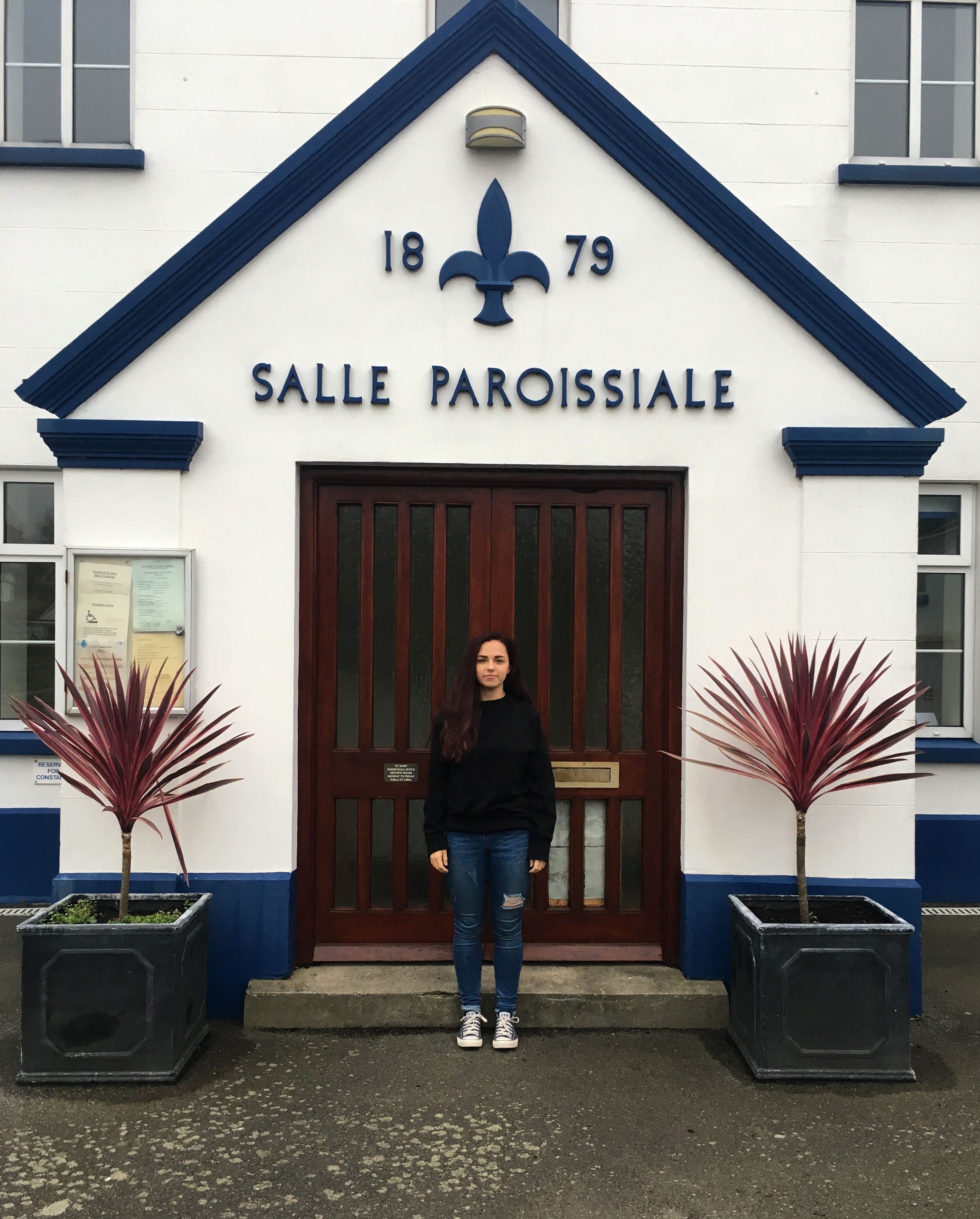
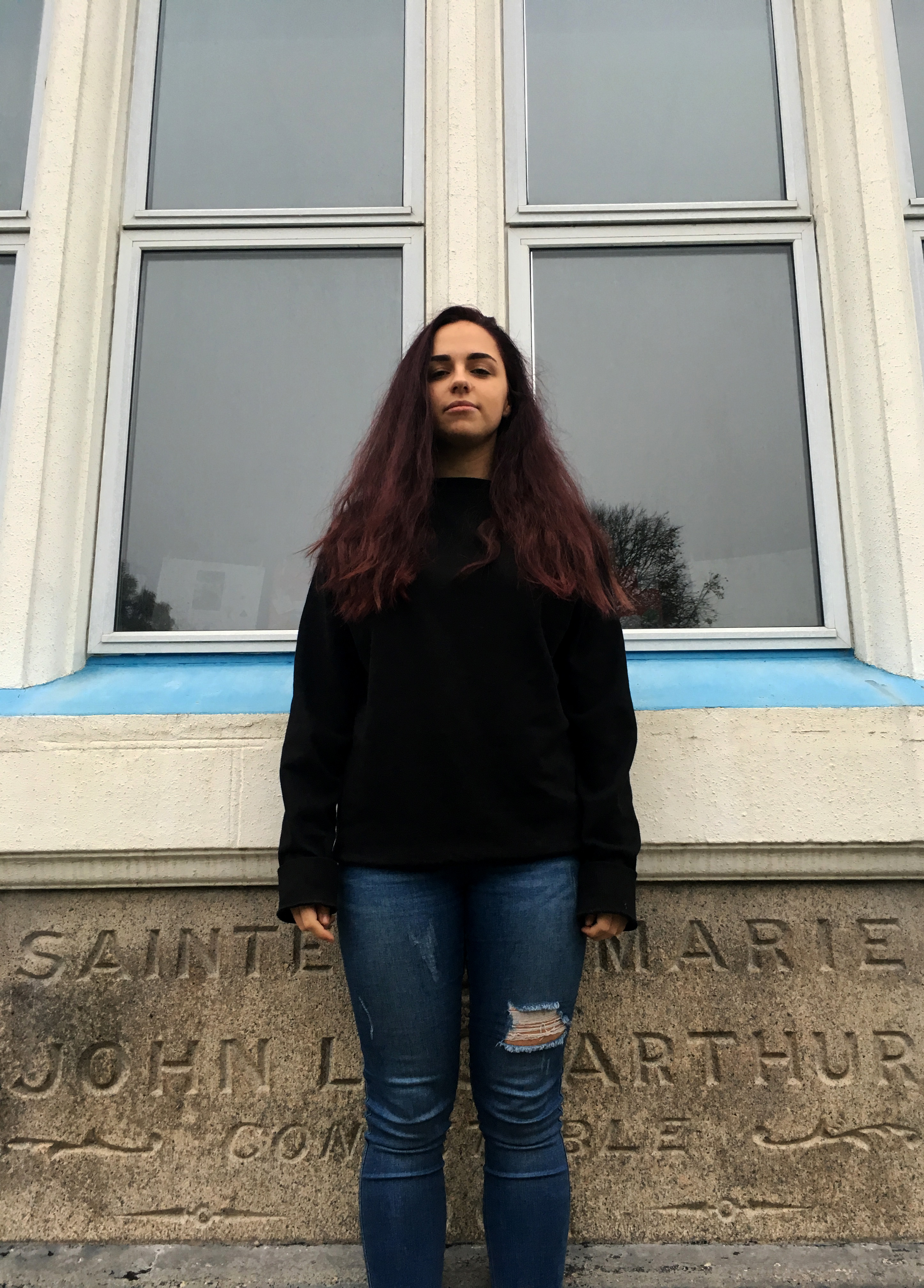
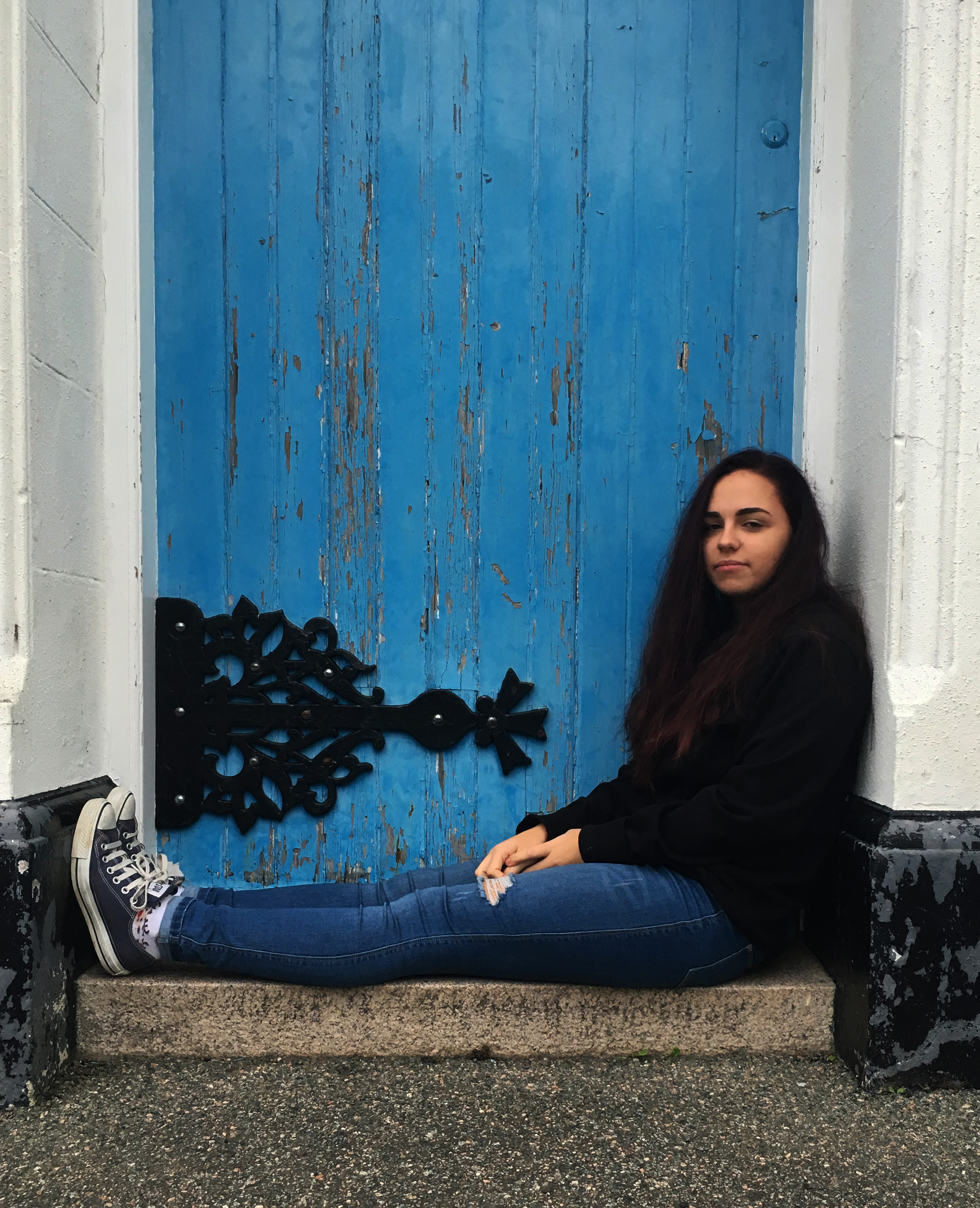
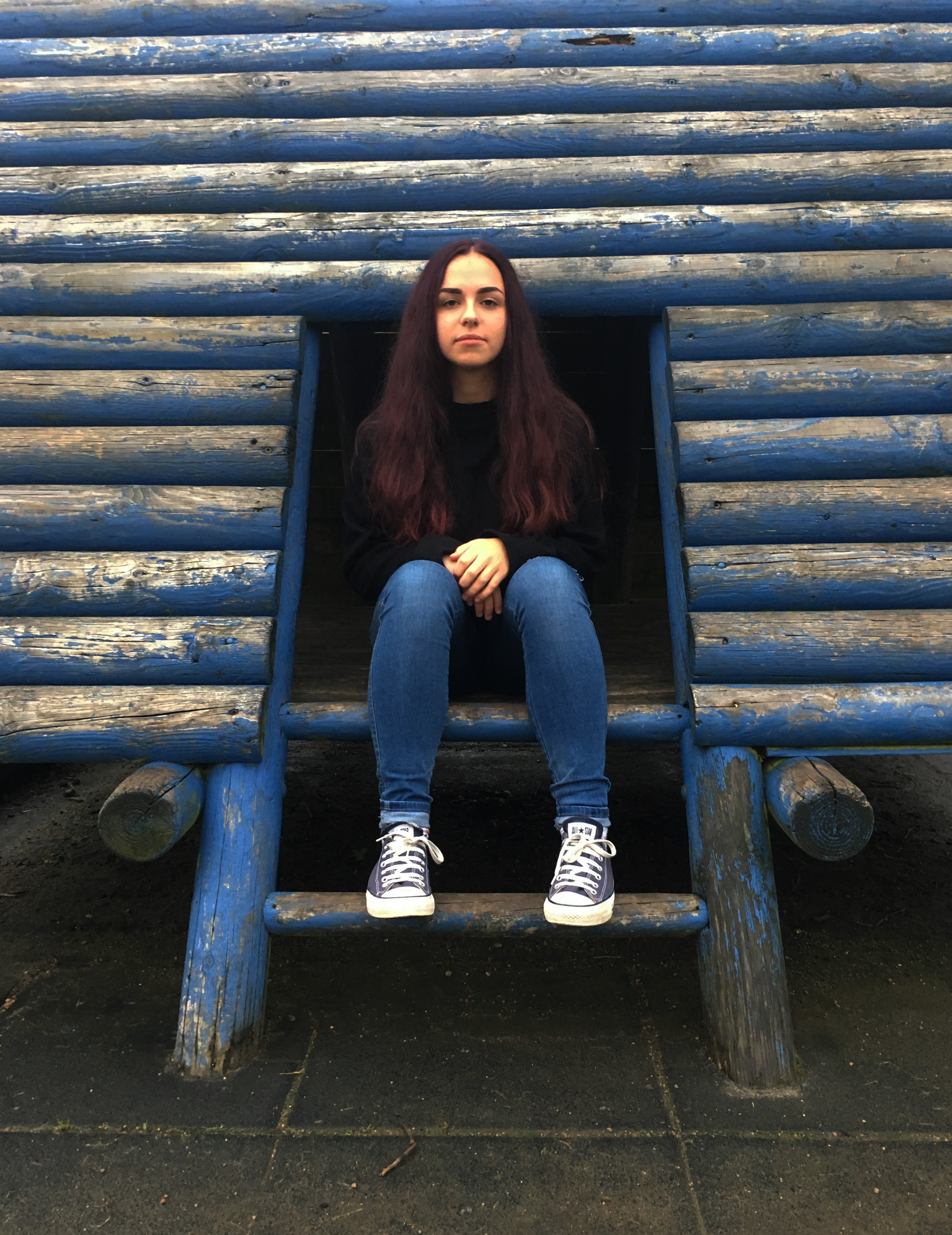
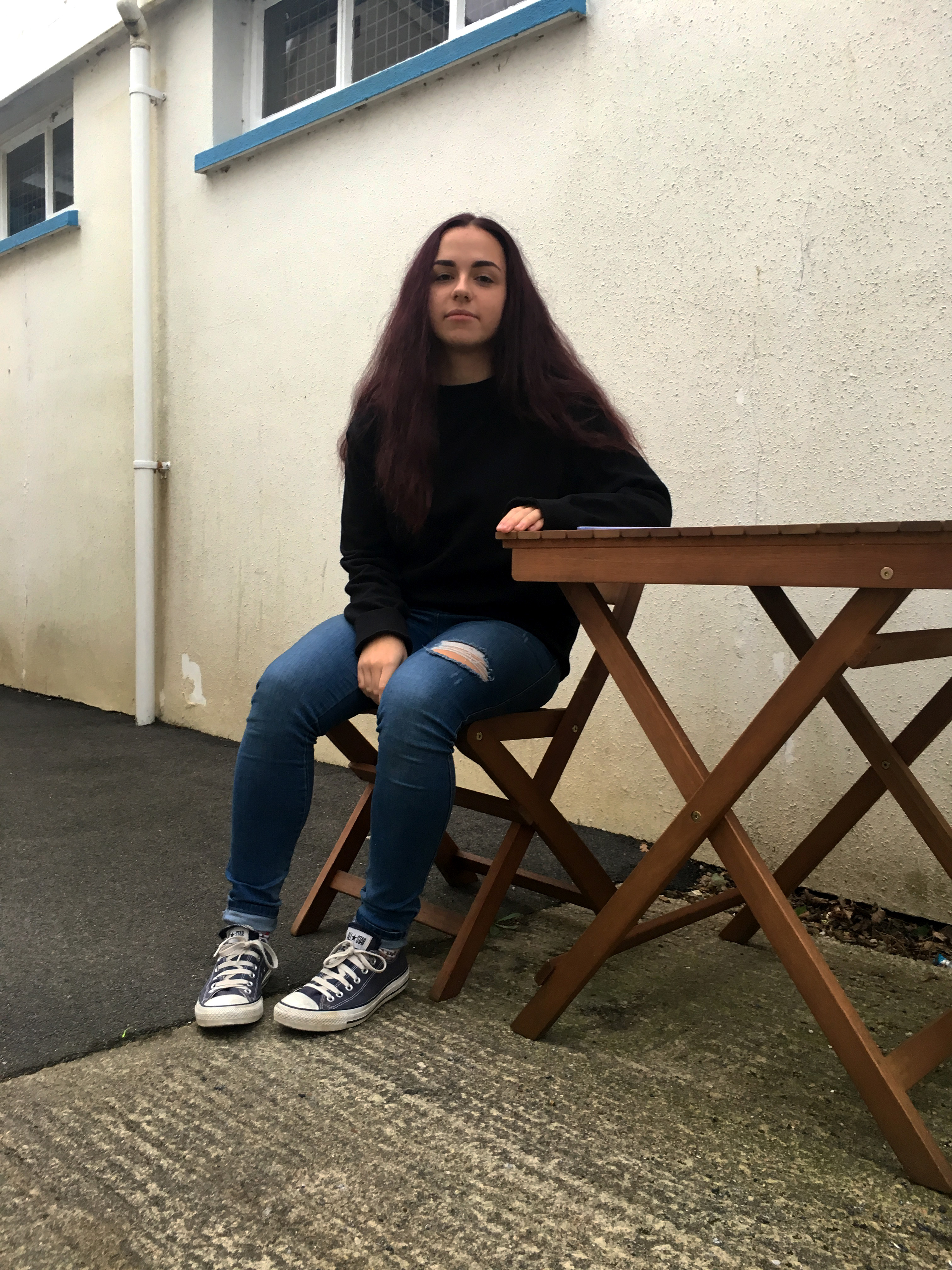
Archive
Recently, I have discussed the life of my great grandfather as my interest in pool and snooker has reminded my mother and grandmother of his hobbies. Raymond Harold Cummins was born in 1912, the year of the Titanic. He was a through and through Jersey bean, born and bred in the island and in this tiny channel island he met my great grandmother, Denise Urroutia. In hearing and discussing my great grandfather’s life, I realized there is a lot of similarities in our interests despite the fact I only met him on three occasions before he died.
Following the Second World War (a topic I’ve recently studied in A2 History), Denise gave birth to my grandmother in 1949, which is when Raymond became a writer for the Jersey Evening Post. Raymond’s talent for writing is reflective of my passion for creative writing and the selection of English Literature as an A Level choice. As my grandmother grew up, she informed me of her memories from her father playing snooker in the local snooker hall known as ‘Jersey Mechanics Institution’, which was formed in 1902. She recollects how she went to watch him play at the club for the island against Guernsey, the local channel island rival. Raymond’s interest and talent in snooker compares to my hobbie of playing pool as I have also represented the island for pool as in 2015, I went to Blackpool for the U15 National Championships.
All of this combined led to me asking for pictures of my great grandfather which is when my grandmother produced this picture.

A perfect portrait of a man who is also described as perfect by my mother and grandmother. In this picture, he is in his late sixties/seventies.
I decided to recreate this picture but with me as a model representing my great grandfather as we seem to have so much in common. I collected some clear lensed glasses, a grey polo shirt and white sweatshirt. For taking the picture, I set up a tripod with the camera attached to the shoe facing at face height, basing my positioning as similar to the one in the image as possible. Once I chose where to take the picture/s, I set up the camera so it was on “Self-Timer:Continuous” so I could get a few images at a time.
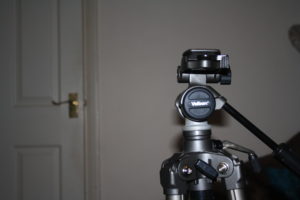

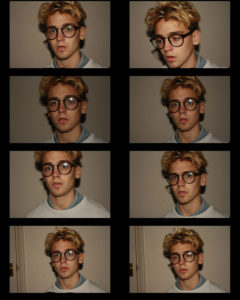
I placed these images in a contact sheet in order to help me distinguish which is the most comparable to the picture of my great grandfather.

I edited the photo I thought was best suited to the image of my great grandfather so that it was in black and white. The difference between our two photographs is of course the person, the glasses, the actual clothes but technically, my photo was taken using flash as the room was dimmly lighted, where as Raymond’s looks as if it was taken using studio lights with a typical white studio background. My photo’s quality is impaired through the shadow on the back wall from my head, as well as the slight flash on my left lens. If I was to do it again, I would be sure to take the image in a studio with the correct lighting.
Developing my curiousity of my great grandfather’s snookering success, I researched the mechanics club online which is when I found this website: http://search3.openobjects.com/kb5/jersey/directory/service.page?id=k81-QexVo6k
This website provided minimal information but I was able to find opening times. So I visited the club and unfortunately, it was not open. The building also looked like it needed renovation so perhaps it is closed temporarily. However, I did take some pictures of the outside building. 

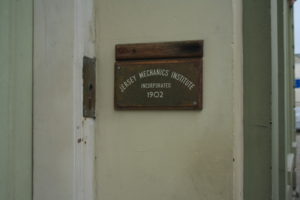
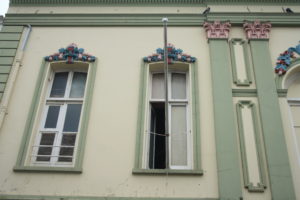
Childhood Memory: “Don’t go Dad”
In response to the task set, I delved into my nostalgia in order to recollect memories from when I was a little tiddler. Initially, I thought of my trip to Disney Land Paris for my eighth birthday, or my first day of secondary school or some sporting highlights. However, as my reminiscence developed, I remembered one of my earliest childhood memories but it was a darker recollection than the others.
Somehow, my three and a half year old self remembered the day my father left home. To this day, I remember exactly what he was wearing, the expression on his face and the dialogue exchanged. My then nineteen year old father was sobbing with tears running down his face as I clung on to his right leg and looked up to his face whilst my mother told him to go. He was wearing a blue Henry Lloyd fleece with a Nike tight fit beanie. I have a specific image in my head of me looking up to my father with tears streaming down his face and I said to him “Don’t go dad”. Following this argument, my father never lived with me and my mother again and has definitely changed my life, but not in a necessarily negative way. When I was seven years old, I had a birthday meal at Mano’s, a local restaurant in town in which I was surrounded by the young adults I had grown up with. After several years of conflict, my parents had finally agreed, for me, to both come to my birthday meal. It was great, I had all the lovely adults I had grown up with who had presents for me and good food (I had pasta), but most importantly my parents were in the same room after continuous phone call and text messaging arguments, they were both here, celebrating with me. The main meal passed by and out came my cake, I don’t remember the cake but I remember blowing out the candles shortly after my mum requested me to make a wish. Once all the candles were out and the applause had stopped, one of my mother’s friends asked me what I wished for. The room still silent, I raised my voice slightly higher than normal and said something along the lines of “I wish for my mum and dad to get back together”. Both my mother and father were stood with their new partners with my parents on the opposite ends of the table. A cloud of awkwardness shaded the room yet I was gleaming, it had felt liberating to release how I was feeling for so long. Of course they never got back together and the meal ended rather swiftly after that.
Fundamentally, I captured my dad wearing the exact same clothes he wore the day he left our perfect family trio. He is now in a comfortable and settled home with a new partner which contrasts with what happened the last time I saw him wearing that clothing combination.
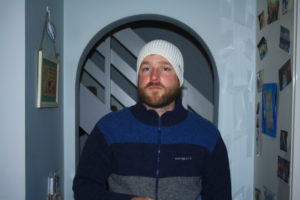
Although the clothes are the same, my dad has changed in numerous ways, for example the beard, however, his life has changed to a more settled one but I don’t primarily live with my father.

Approaches to Family photography
In the first 4 weeks we will be focusing on looking at different ways artists and photographers have explored their own, or other families in their work as visual storytellers.
Some explore family using a documentary approach to storytelling, others construct or stage images that may reflect on their childhood, memories, or significant events drawing inspiration from family archives/ photo albums and often incorporating vernacular images into the narrative and presenting the work as a photobook.
Documentary approach > recording life as it is > camera as witness
Documentary is storytelling through a series of images of people involved in real events to provide a factual report on a particular subject. Read more here Documentary Photography
Larry sultan vs Richard Billingham > artists photographing their parents > straight photography vs snapshot aesthetics > formal vs informal.

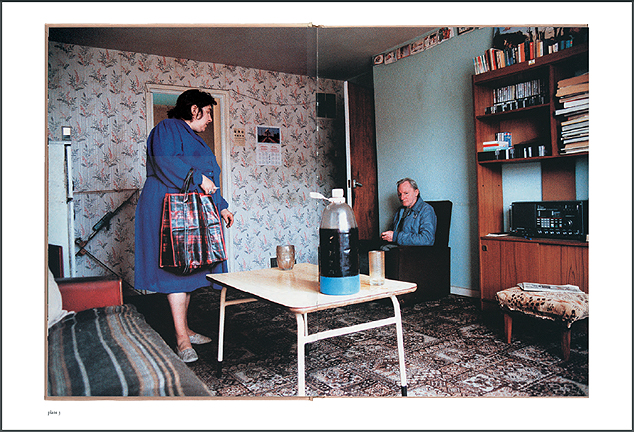
Sian Davey vs Sam Harris > artists photographing their children > classic vs spontaneous > environmental portraits vs observational portraits


Tableaux approach > constructed or staged narrative photography
Tableaux is a style of photography where people are staged in a constructed environment and a pictorial narrative is conveyed often in a single image, or a series of images that often makes references to fables, fairy tales, myths, unreal and real events from a variety of sources such as paintings, film, theatre, literature and the media. Read more here Tableaux Photography
Anna Gaskell vs Hannah Starkey > childhood vs adolescent > memories vs fairytales > literature vs cinema
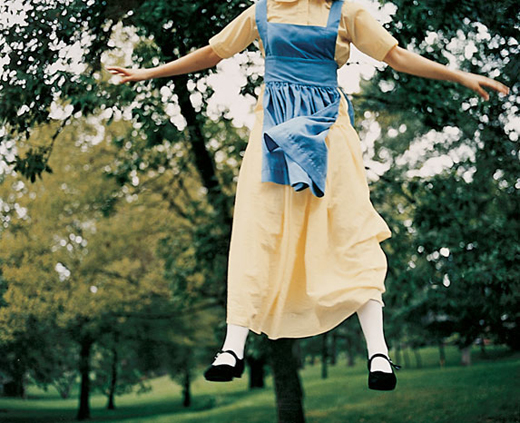
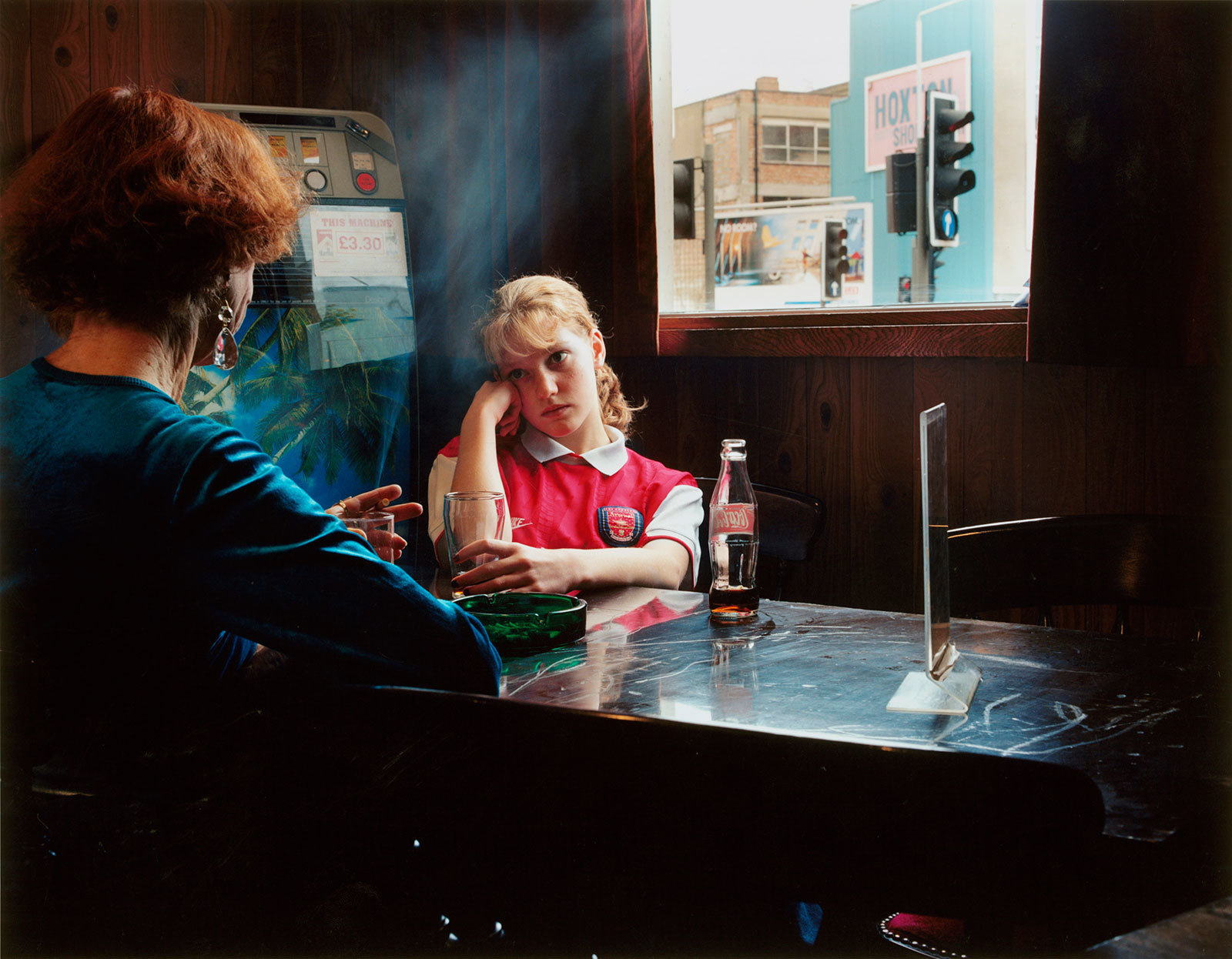
Alfonso Almendros vs Maria Kapajeva > family reflections > memories > childhood
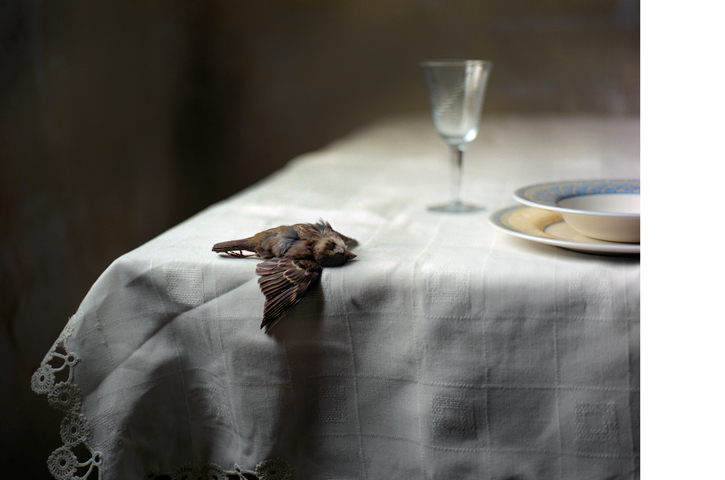
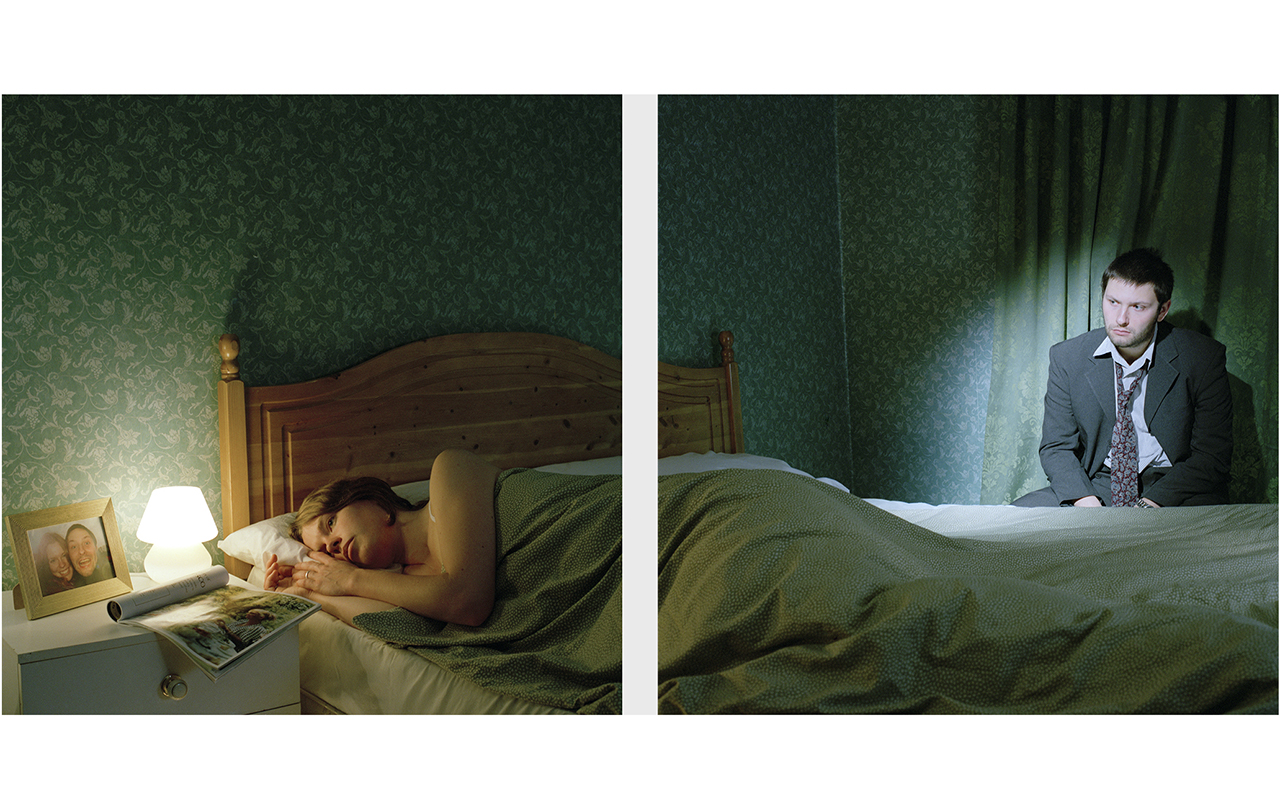
Archival approach > photographs, moving image, sound recordings, documents and objects from public or private archives, such as family history, diaries, letters, financial and legal documents, photo-albums, mobile devices, online/ social media platforms. Archives can be a rich source for finding starting points on your creative journey. This will strengthen your research and lead towards discoveries about the past that will inform the way you interpret the present and anticipate the future. See more Public/ Private Archives
Rita Puig-Serra Costa (Where Mimosa Bloom) vs Laia Abril (The Epilogue) > artists exploring personal issues > vernacular vs archival > inside vs outside

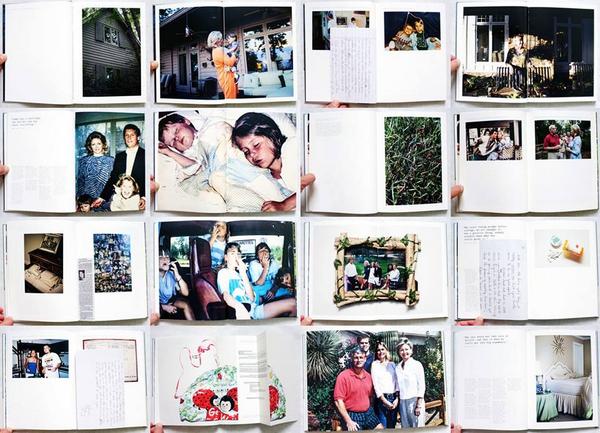
Carole Benitah (Photo Souvenirs) vs Pete Pin > family > identity > memory > absence > trauma
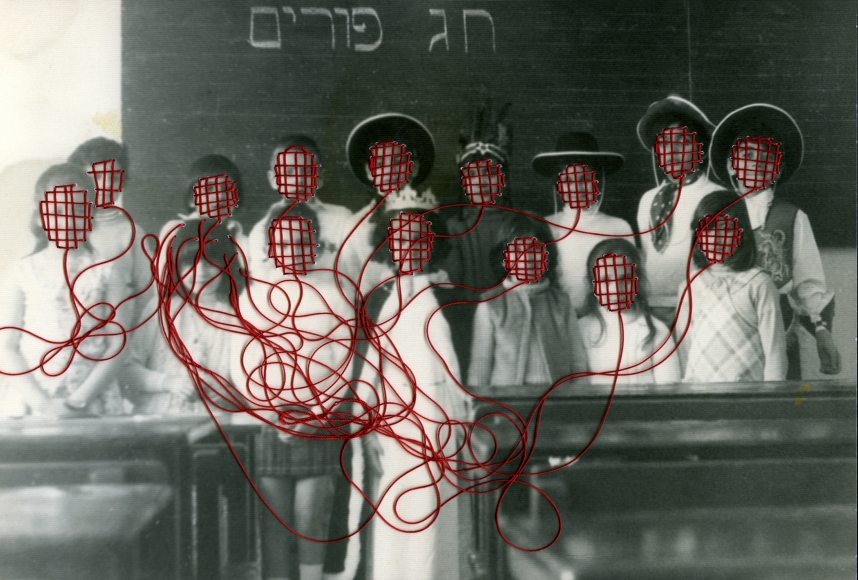

Ugne Henriko (Mother and Daughter) vs Irina Werning vs Chino Otsuka > re-staging images > re-enacting memories

Read article in The Guardian
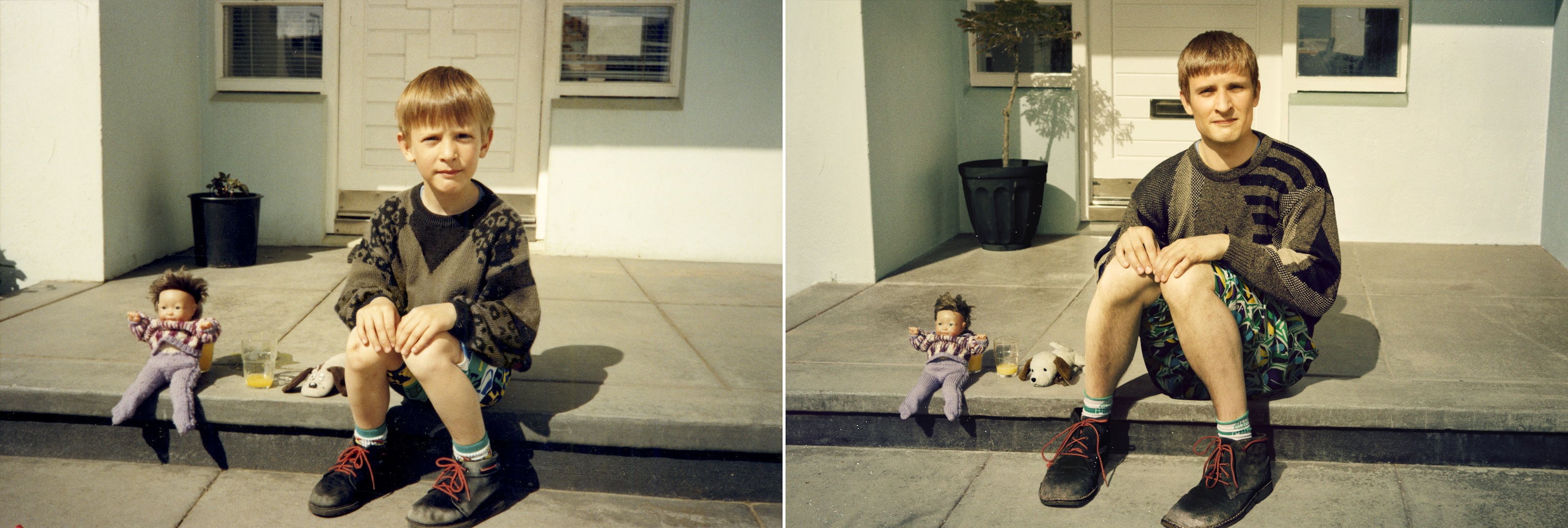
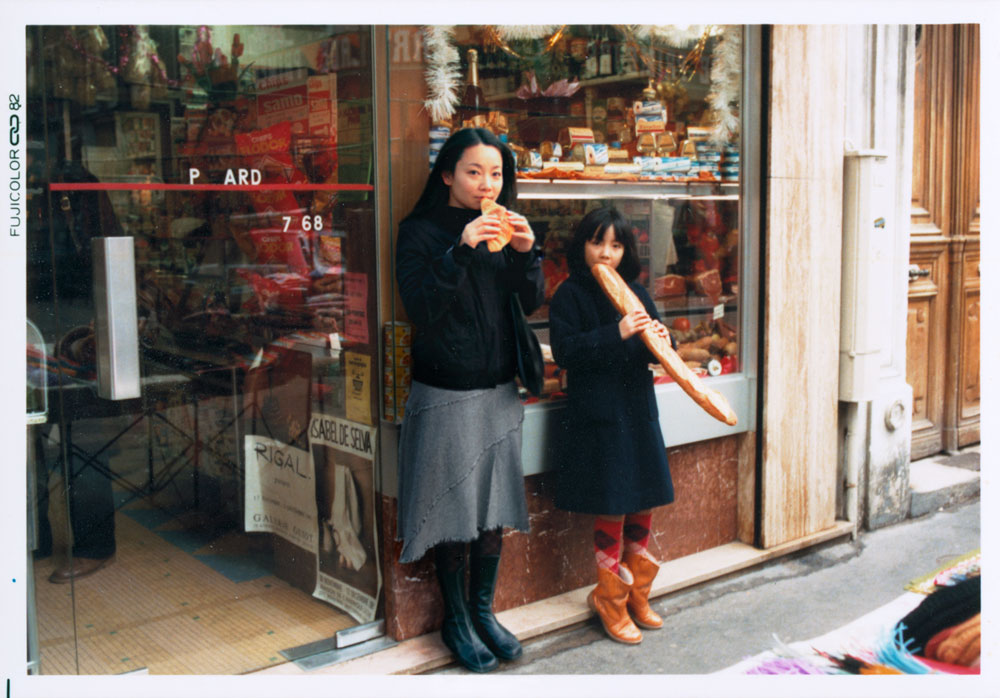
Week 1, 2, 3 & 4 : 5th – 30th Sept
Explore different approaches to family photography
Use PLANNING-TRACKING-PERSONAL INVESTIGATION-AUTUMN-TERM for a full overview of what you are required to do in the next 11 weeks. You are required to self-monitor your progress and will be asked to upload Tracking-Sheet with an update on a weekly basis to your blog.
TASKS > produce a number of appropriate blog posts
PRACTICE > PHOTO-ASSIGNMENTS
- Documentary: make one environmental portrait using a family member. Complete by Fri 15 Sept.
- Tableaux: construct a childhood memory in a photograph. Complete by Mon 25 Sept.
- Archive: produce a montage that must include an archival image from your family/ personal photo- album. Complete by Mon 2 Oct.
RESEARCH > ANALYSIS: As starting points for your tasks, choose to look at a comparative study of the pairing of artists references above in each area of Documentary, Tableaux and Archive.
Write a thoughtful evaluation of each artists and consider how their work is referencing the theme of family – discuss the subject-matter, content, concept, context, construction, composition, camera, then compare, contrast and critique. Ask yourself: What? Why? How?
Remember to MAKE YOUR BLOG POST VISUAL and include relevant links, podcasts, videos where possible.
ARTISTS REFERENCES: Follow these steps to success!
- Produce a mood board with a selection of images.
- Provide analysis of their work and explain why you have chosen them and how it relates to your idea and the theme of FAMILY
- Select at least 2 key images and analyse in depth, FORM (describe what you see, composition, use of light etc), MEANING (interpretation, subject-matter, what is the photographer trying to communicate), JUDGEMENT (evaluation, how good is it?), CONTEXT (history and theory of art/ photography/ visual culture,link to other’s work/ideas/concept)
- Incorporate quotes and comments from artist themselves or others (art critics, art historians, curators, writers, journalists etc) using a variety of sources such as Youtube, online articles, reviews, text, books etc.
- Make sure you reference sources and embed links to the above sources in your blog post
PLANNING > RECORDING: Plan at least 1 shoot as a response to each photo-assignment above. Show evidence of planning using mind-maps, mood-boards and write a specification with details of how, why, when, where, whom? Be organised and complete one shoot per photo-assignment per week.
DEVELOPING > EXPERIMENTING: Edit shoots and show experimentation with different adjustments/ techniques/ processes in Lightroom/ Photoshop appropriate to intentions. Reflect and evaluate each shoot afterwards with thoughts on how to refine and modify your ideas i.e. experiment with images in Lightroom/Photoshop, re-visit idea, produce a new shoot, what are you going to do differently next time? How are you going to develop your ideas?
EXTENSION: Explore your own family/ personal archives such as photo-albums, home movies,letters, boxes and make a blog post with a selection of material that will inform and develop your Personal Investigation. For example. you can focus on the life on one parent, grand-parent, family relative, or your own childhood and upbringing.
- Either scan or re-photograph archival material so that it is digitised and ready for use on the blog and further experimentation.
- Plan at least one photo-shoot and make a set of images that respond to your archival research above and/ or Personal Investigation.

